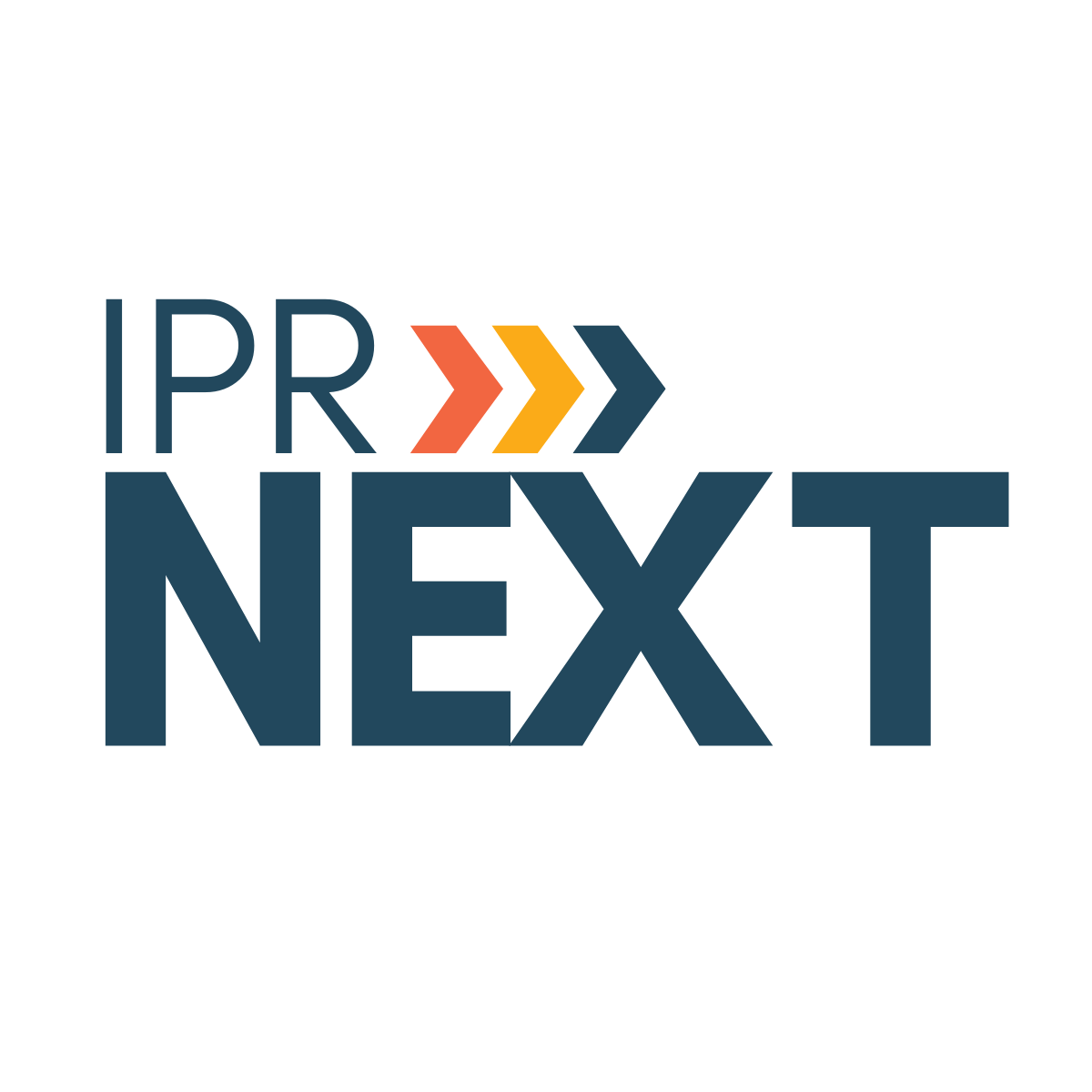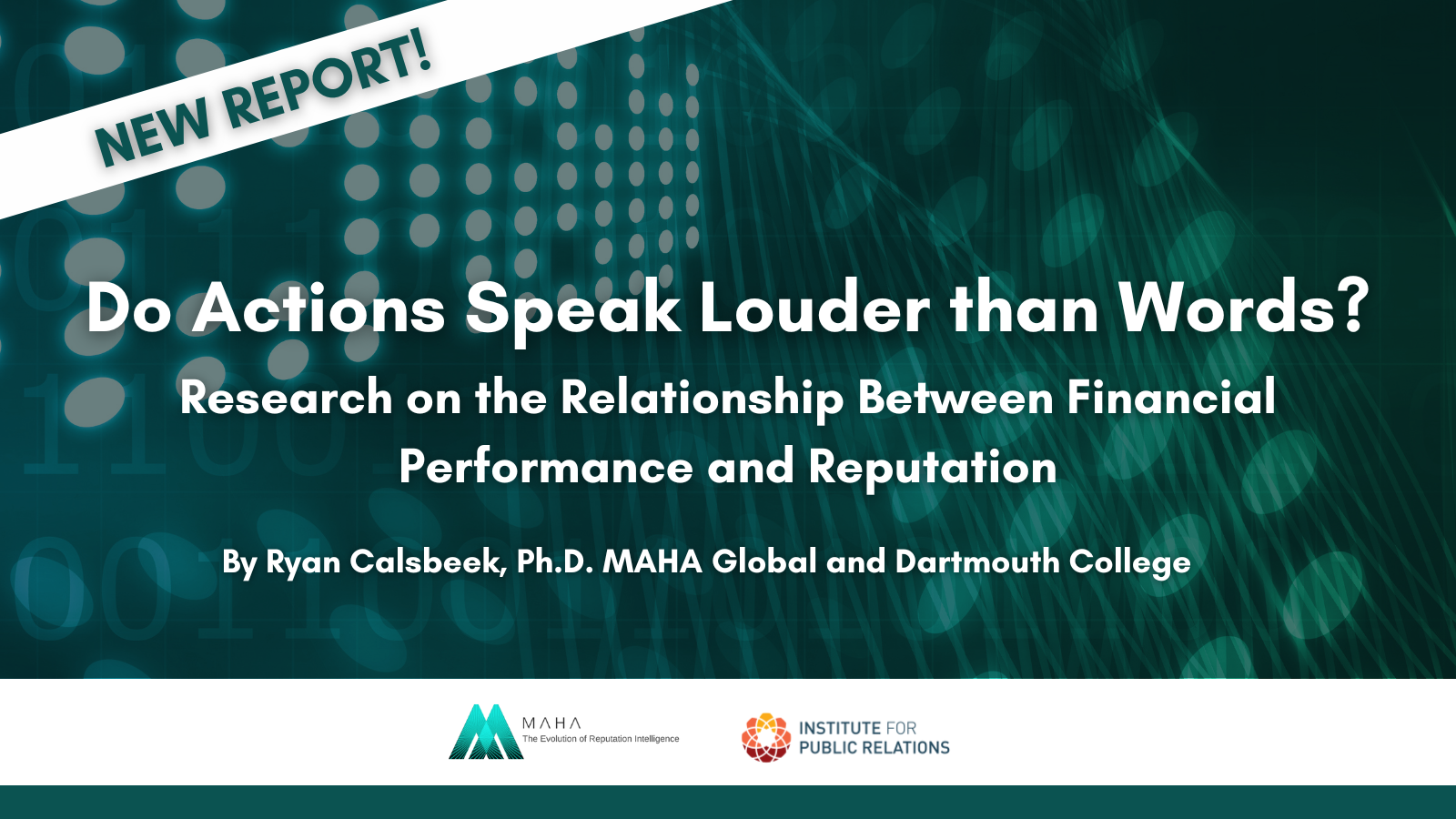For today’s Tip Sheet, I’m moving away from my comfort zone (media analysis) and highlighting research tips from one of the best white papers from the Commission for PR Measurement & Evaluation: “Research Doesn’t Have to Put You in the Poorhouse” by Walter K. Lindenmann, PhD, one of the foremost fathers of PR research.
Why my change of focus? Because media analysis can really only address the measurement of “outputs,” or what we are “putting out there” in the form of media messages, etc. To address “outtakes” (whether or not anyone heard your message, understood it and perhaps had a change of attitude) or “outcomes” (real behavior change in terms of sales, loyalty, votes, etc), you’ve got to go directly to your audience and ask questions. And for many of us in PR, this type of research can appear to be out of reach due to presumed cost.
But Lindenmann shows us otherwise. To start with, don’t undertake a research project unless you will really utilize the results; don’t bring in a researcher until you’ve defined your needs clearly; and consider some of the tools below before jumping into custom research.
- Secondary Analysis – re-examine research data that already exists from a new and different perspective. Secondary analysis must be both systematic (as opposed to haphazard) and analytic (yielding data which are both quantifiable and projectable). Where do you start? Try academic, trade and professional journals, the government or the Internet. Or – run down the hall to your sales, marketing or finance departments, and see what data already exists!
- Piggyback or Omnibus Studies – hop onto an “all-purpose” national or local consumer poll, (or a survey done by your marketing department), with a key few questions. These surveys are typically conducted once or several times a week, offer different types of audience samples and are priced on a per-question basis (around $725 for the first one). To find these studies, go to: www.greenbook.org.
- Quick-Tab and Internet Polls – obtain a low-cost, DIY internet survey consisting of questionnaire templates, lists, and charts and graphs for results. These are easy, fast and inexpensive – but, remember they rely on self-selected samples, and thus are not drawn at random. Several options include: www.insightexpress.com; www.zoomerang.com; and www.informative.com. You can also do this by phone or fax on a small sample (100-250) to get a quick reading even though it isn’t statistically projectable.
- Sponsor or Client-Fielded Research – hire a research expert (maybe a college professor or freelancer) to design a study and questionnaire, but carry out the field work yourself with members of your staff or volunteers. The cost for such a project could be less than $5,000.
- Intercept Studies – intercept people in a particular setting and ask a number of short survey questions. Think “man on the street.” These are great for getting quick feedback when statistical precision isn’t crucial.
- Mail, Fax and E-Mail Surveys – These self-administered questionnaires can be very reliable, cost-effective and statistically valid tools, but the challenge is getting good response. See Lindenmann’s paper for suggestions on minimizing the costs for responding, and maximizing the rewards for doing so.
In my own PR career, I’ve had the chance to utilize two of these tips with fabulous results. The first was utilizing secondary data from our finance department to ascertain whether or not a massive repositioning event, Art Sunday at JCPenney, yielded a better-heeled customer and an increase in sales compared with other JCPenney markets. Turns out we achieved both goals so well, we won a Silver Anvil and Gold Quill, and the event was repeated the following year.
The second was for another JCPenney event years later, Spirit of the American Woman with awards for Houston Women in the Arts. We hosted three formal galas in one night – in three different stores – and flew Beverly Sills from store to store in a helicopter to present the awards. As luck would have it, Hurricane Jerry hit that night, so attendance was spottier than we’d hoped. However, we had “hopped onto” a regular JCPenney corporate marketing survey with a few key questions for Houston that showed the campaign definitely swayed opinion toward “JCPenney as a fashion store.” The cost was negligible, management was delighted and state and regional PR awards followed!



